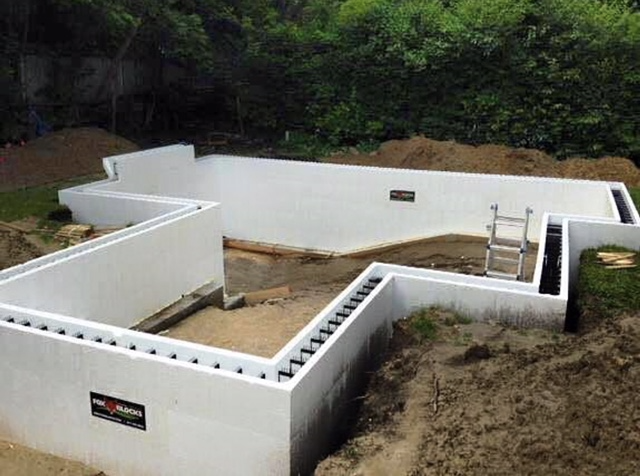
Decoding Net-Zero Homes: Understanding the Concept and How to Build

Exterior Wall Thickness: How Thick Should Your Walls Be?
The exterior wall thickness of a home significantly impacts the house’s energy efficiency, disaster resistance, and IEQ. Learn how thick exterior walls should be.

Building a Tsunami-Proof House with Fox Blocks
Building a tsunami-proof house requires strategic planning and the use of specialized materials. Coastal homes face unique challenges that demand solutions capable of withstanding powerful waves and the debris they carry.

Shear Walls vs. Load Bearing Walls
When constructing a building, ensuring its stability and resilience is critical. Two essential components that play crucial roles in building stability are shear walls and load bearing walls.

Pool House Construction: Costs, Materials, Plans, and More

Understanding Insurance Trends for Wood vs. Concrete Midrise Buildings

Cavity vs. Continuous Insulation: Discover the Best Option for Maximum Efficiency

How to Design an Earthquake Resistant Home: a Definitive Guide

26 ICF Builders & Contractors to Consider for Your Construction Needs

4 Defining Characteristics of High-Performance Buildings
High-performance buildings also positively impact the environment and provide financial benefits before and after construction.